SUMMARY
This is AI generated summarization, which may have errors. For context, always refer to the full article.
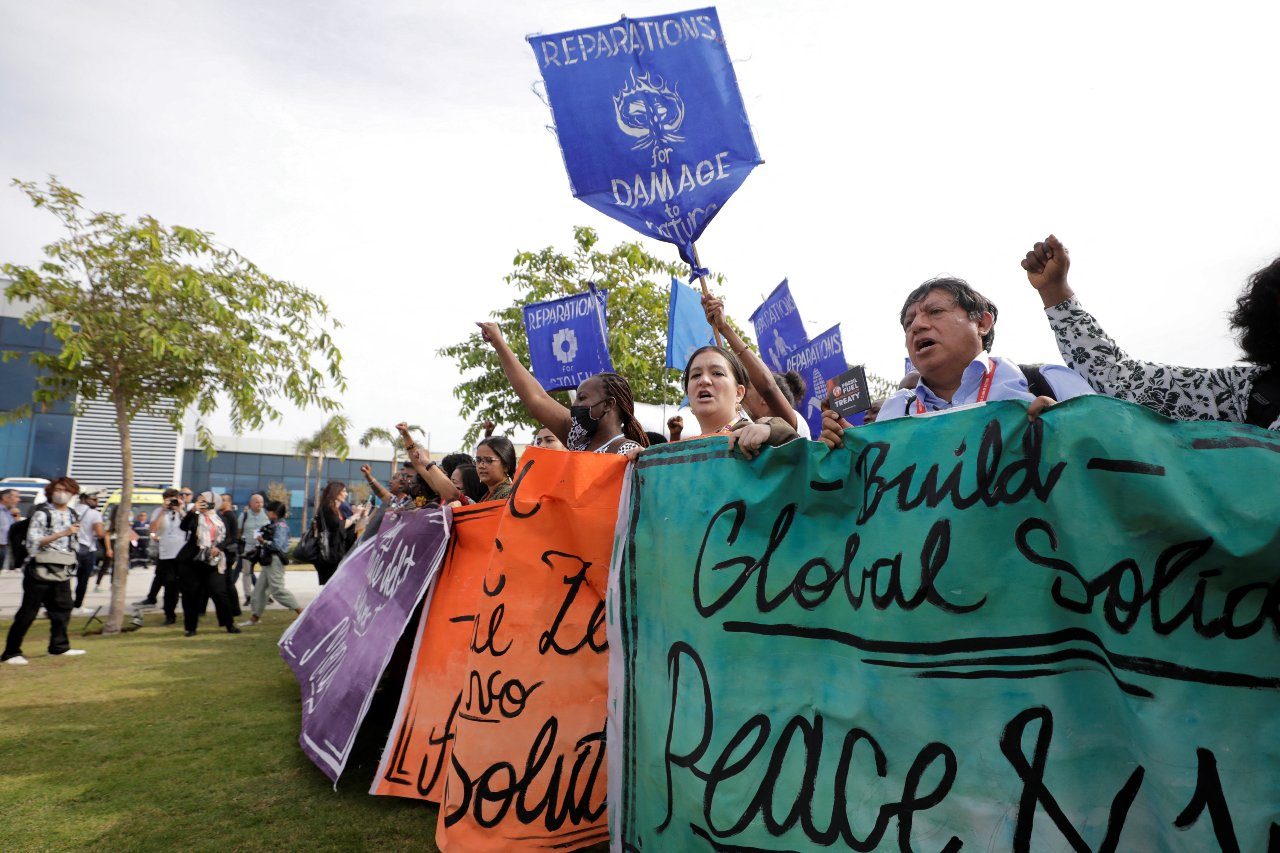
Nations are deeply divided over how – and whether – they can reach a final agreement at the COP27 UN climate summit in Egypt. (LIVE UPDATES: UN Climate Change Conference (COP27) in Egypt)
Here are some of the biggest sticking points:
Loss and damage
The biggest thorn in this year’s talks, “loss and damage” financing for countries ravaged by climate impacts is the core demand from developing nations.
This year’s agenda has included the issue for the first time in decades of annual UN climate talks. But two weeks of negotiations have done little to bridge divisions.
The United States, European Union and other industrialized economies say they are open to discussion on channelling such funding through existing programs and institutions. But they do not want at COP27 to set up a special fund for such a goal.
Developing countries want a dedicated fund to be agreed on immediately.
Even if countries agree to set up a special fund, that would still kick off a one- or two-year process to work out details of a funding mechanism, who would pay into it and how much.
Fossil fuel phase out
Coal-reliant India had proposed the idea of changing language from the Glasgow Climate Pact calling for a phase down of coal use to include all fossil fuels, which would put more pressure on oil- and gas-reliant nations.
At COP26 last year, India, China and others successfully argued for watering down the language to say “phase down” rather than “phase out.”
This year’s proposed revision to include all fossil fuels garnered support from the EU, United States and climate-vulnerable nations including island states. But petro-producing countries continue to oppose this language.
Mitigation work program
This effort centers around how much scrutiny should be on individual countries’ domestic action to make sure they are delivering on climate targets.
At COP26, parties acknowledged the need to reduce global greenhouse gas emissions to a 45% reduction from 2010 levels by 2030 in order to limit the average global temperature rise to 1.5 degrees Celsius.
Scientists say the 1.5ºC limit is important to avert the worst effects of climate change. Temperatures have already increased by 1.1ºC.
But with global emissions still rising, they suggested what’s being called the “mitigation work program,” a technical process for regular progress check-ins.
While the EU wants a longer-term process that zooms in on specific, high-polluting sectors, others like China prefer a shorter, broader process to track their progress.
India and other developing countries oppose any attempt to develop such a program that is not matched with financial and technical support that helps them reduce their emissions.
Separately, countries are facing pressure to boost their climate goals ahead of next year’s UN climate talks, COP28, in the United Arab Emirates. – Rappler.com
Add a comment
How does this make you feel?
![[OPINION] In a changing climate, how do we ensure safety and health at work?](https://www.rappler.com/tachyon/2024/04/Climate-change-safety-workers-April-25-2024.jpg?resize=257%2C257&crop_strategy=attention)
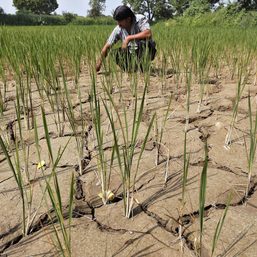


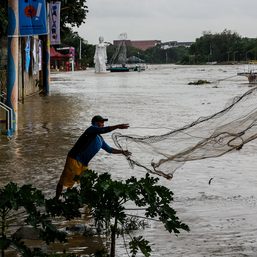




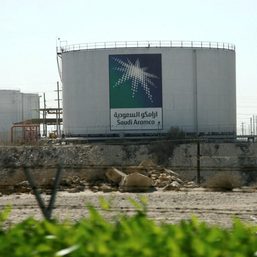
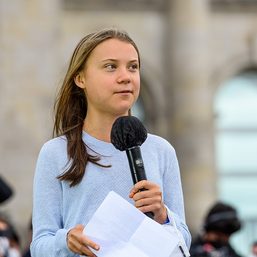

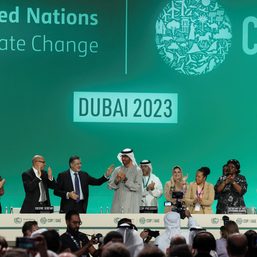
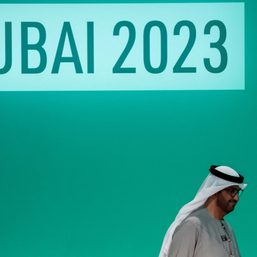
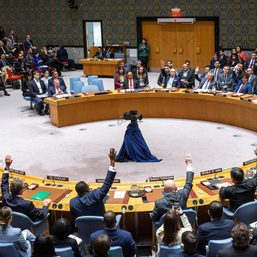

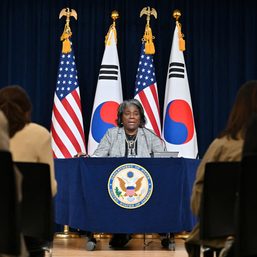

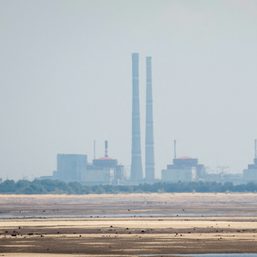
There are no comments yet. Add your comment to start the conversation.